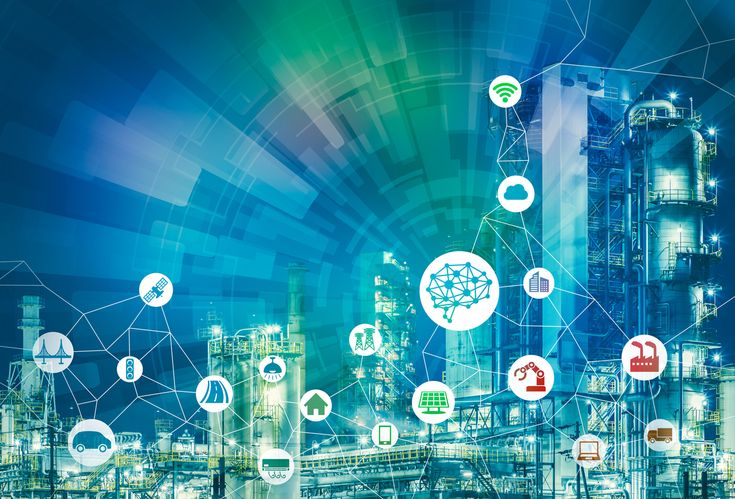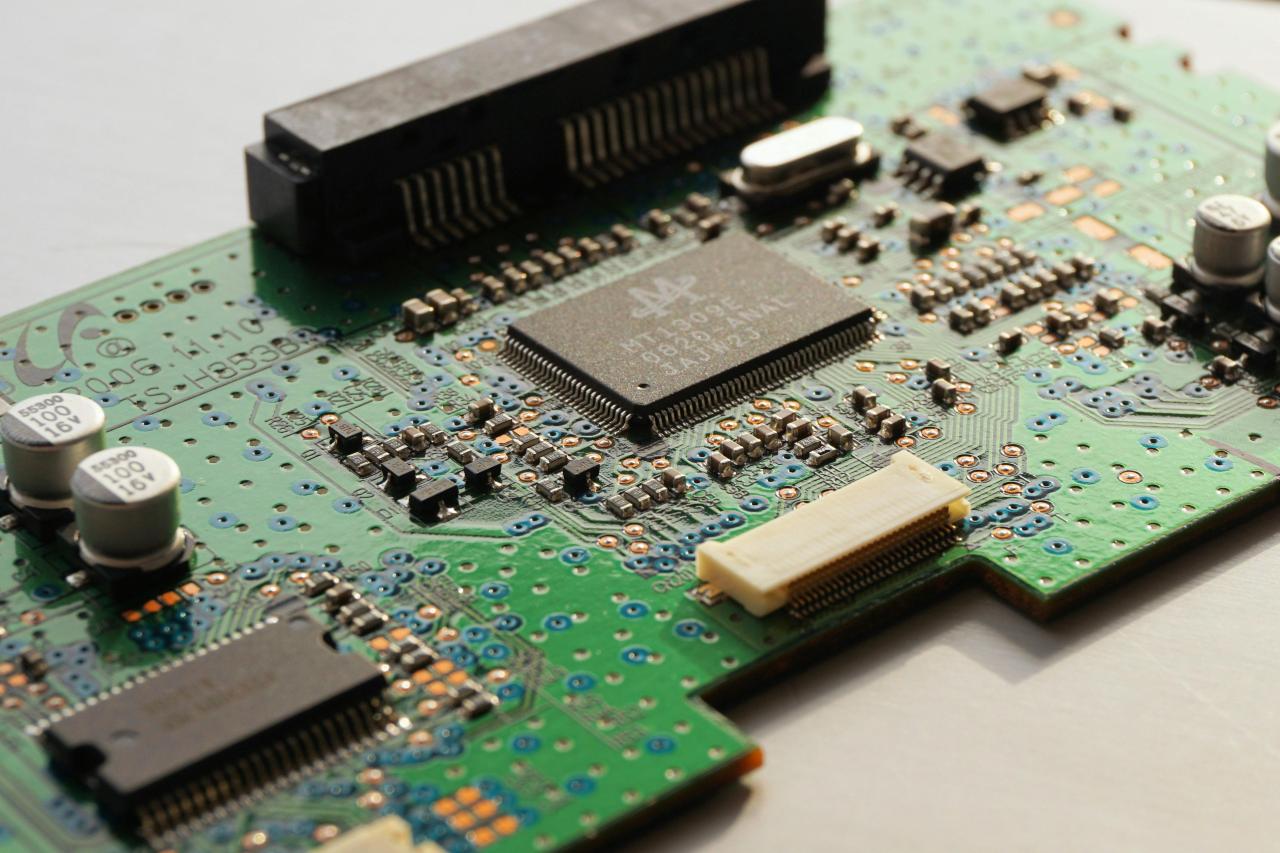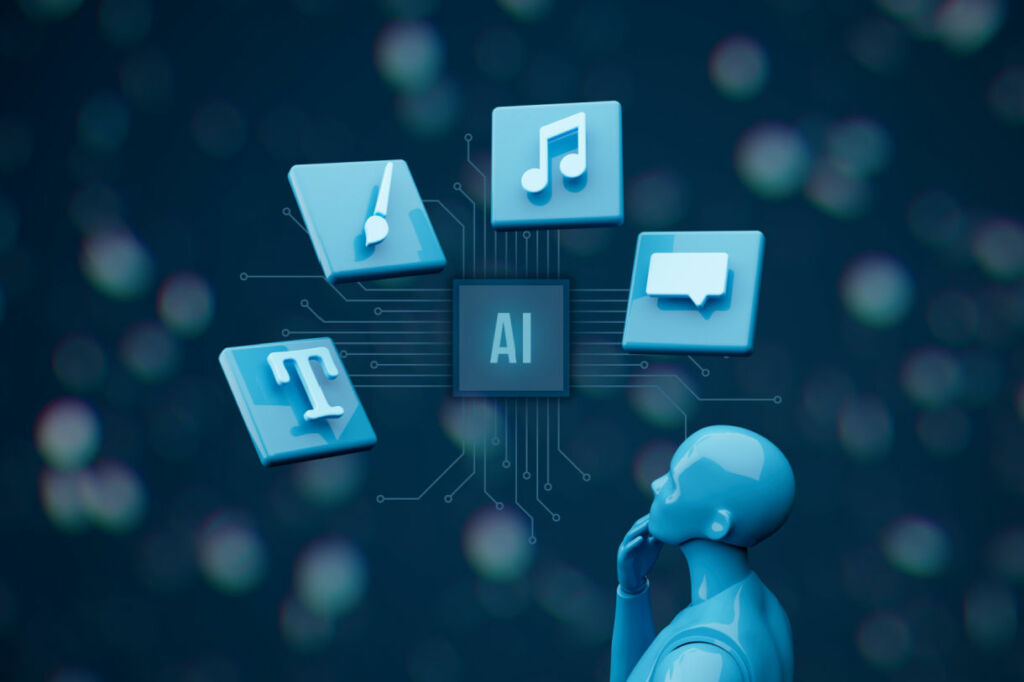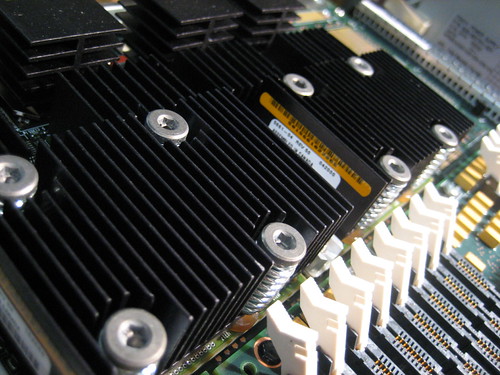The digital era is entering a new stage, one driven not just by software and applications but by the powerful hardware that enables artificial intelligence to thrive.
At the center of this transformation are AI servers, specialized systems designed to handle massive datasets, complex algorithms, and lightning-fast computations.
These machines are the unsung heroes behind breakthroughs in natural language processing, image recognition, robotics, scientific simulations, and countless other applications.
As businesses, governments, and individuals generate unprecedented volumes of data every second, the demand for AI servers is skyrocketing.
Their ability to process, analyze, and learn from data is setting the foundation for what many experts call the next “data boom.”
This article explores what AI servers are, how they work, their advantages, challenges, real-world use cases, and the critical role they will play in shaping the future.
Understanding AI Servers
AI servers are specialized computing systems designed to run artificial intelligence workloads more efficiently than traditional servers. Unlike conventional setups, they use advanced hardware and optimized software stacks to accelerate training and inference of machine learning models.
A. Core Functionality
At their heart, AI servers leverage high-performance CPUs, GPUs, or AI-specific processors like TPUs to handle large datasets and parallel computations. They are optimized for the demanding requirements of machine learning algorithms.
B. Differences from Traditional Servers
While standard servers are designed for general workloads such as hosting websites or managing databases, AI servers are tailored for tasks requiring enormous computational power, like neural network training or real-time analytics.
C. Scalability and Efficiency
AI servers are built to scale horizontally across data centers or vertically with advanced processors, ensuring they can meet growing demands without compromising performance.
The Role of AI Servers in the Data Boom
The rise of data-driven decision-making and AI adoption across industries is creating exponential demand for servers capable of handling massive processing loads.
A. Explosion of Data Generation
With billions of connected devices, IoT sensors, and online interactions, the world produces zettabytes of data annually. AI servers are critical for managing and analyzing this data flood.
B. Acceleration of AI Applications
From healthcare to finance, AI applications require fast, reliable computation. AI servers empower innovations like drug discovery, fraud detection, and autonomous vehicles.
C. Foundation for Digital Transformation
Organizations view AI servers as enablers of transformation. By integrating them into workflows, companies can automate tasks, predict outcomes, and deliver smarter services.
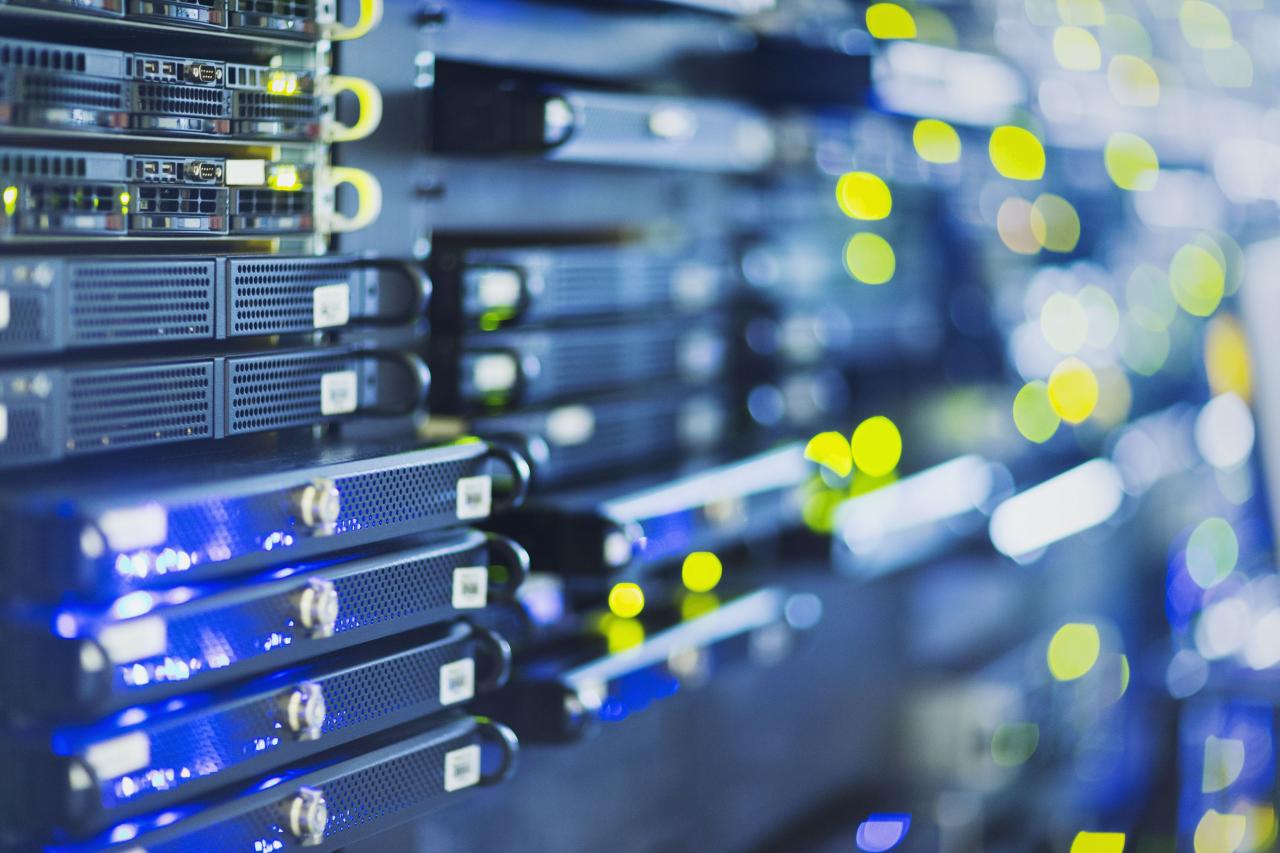
Key Components of AI Servers
To understand why AI servers are so powerful, it’s essential to examine their components.
A. Graphics Processing Units (GPUs)
GPUs dominate AI computing due to their ability to handle parallel operations, essential for deep learning tasks like image recognition and natural language processing.
B. Tensor Processing Units (TPUs)
Developed by Google, TPUs are specialized processors designed specifically for AI workloads, offering unmatched efficiency in training and inference tasks.
C. High-Bandwidth Memory and Storage
AI servers use high-speed memory modules and NVMe storage to quickly feed data into processors, reducing bottlenecks that slow traditional servers.
Benefits of AI Servers
AI servers are not just faster—they fundamentally reshape the possibilities of data processing and AI development.
A. Unparalleled Performance
They deliver high computational throughput, reducing model training times from months to hours.
B. Enhanced Accuracy in Predictions
With faster training cycles, AI models can be iteratively improved, producing more accurate insights.
C. Support for Innovation
By enabling cutting-edge research and development, AI servers fuel innovation in industries ranging from medicine to entertainment.
Challenges in Deploying AI Servers
Despite their benefits, AI servers present challenges that organizations must carefully manage.
A. High Costs of Acquisition
Advanced hardware like GPUs and TPUs can cost hundreds of thousands of dollars, creating barriers for smaller enterprises.
B. Energy Consumption
AI servers demand significant electricity for both computation and cooling, raising concerns about sustainability.
C. Complex Infrastructure Needs
Integrating AI servers into existing IT systems requires specialized knowledge and can involve complex networking and storage configurations.
AI Servers in Industry Applications
AI servers are no longer confined to research labs; they are transforming industries on a global scale.
A. Healthcare
Hospitals and research institutions use AI servers for drug discovery, genomics, and medical imaging, accelerating diagnostics and personalized treatment.
B. Finance
Banks deploy AI servers for fraud detection, algorithmic trading, and customer analytics, enabling faster and smarter financial decisions.
C. Manufacturing and Logistics
Factories and supply chains leverage AI servers for predictive maintenance, robotics, and demand forecasting, reducing costs and improving efficiency.
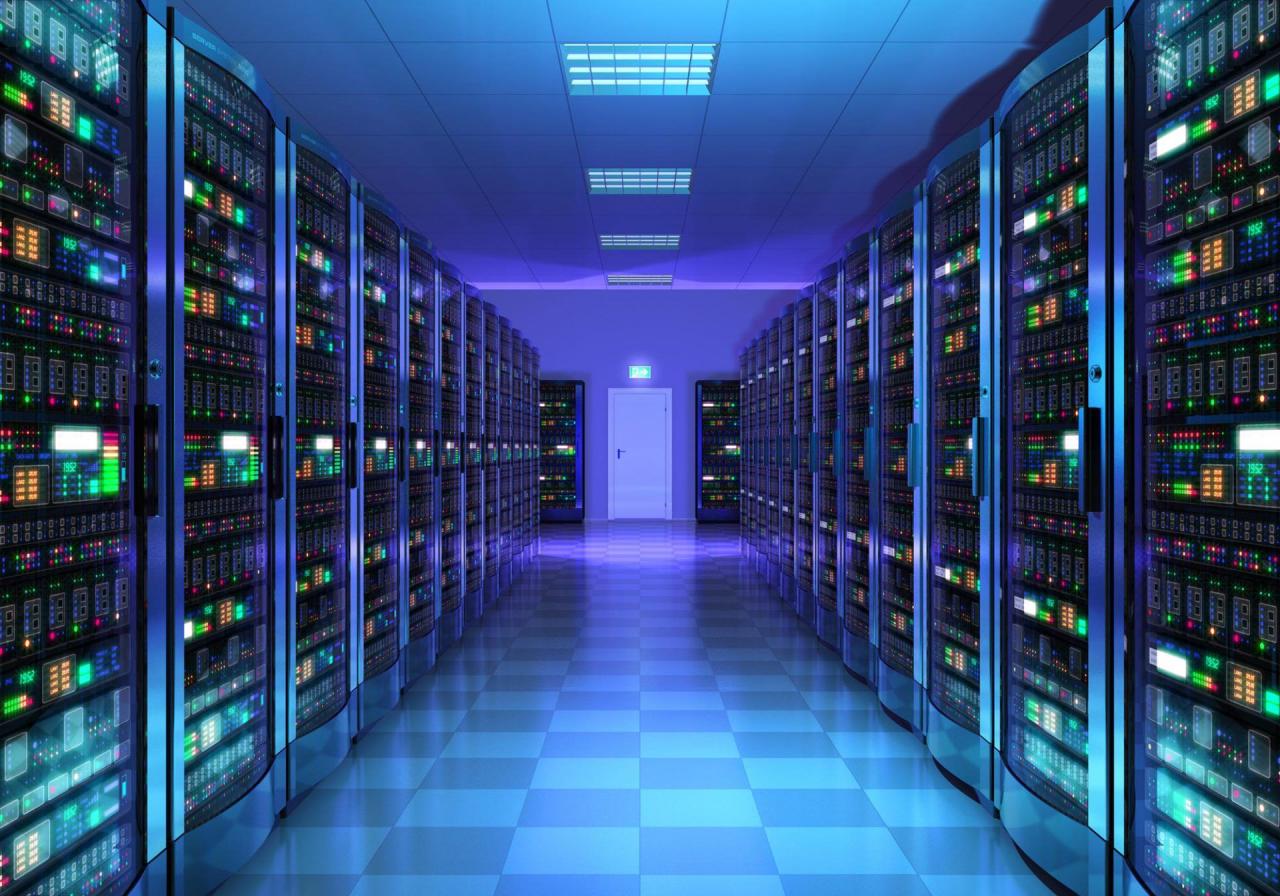
The Global Market for AI Servers
The demand for AI servers is surging across regions, driven by cloud providers, enterprises, and governments.
A. North America
Tech giants in the U.S. dominate AI server deployment, powering cloud services and large-scale research initiatives.
B. Asia-Pacific
Countries like China, South Korea, and Japan are investing heavily in AI infrastructure to maintain global competitiveness.
C. Europe
European nations focus on ethical AI development, building AI server capacity aligned with strict regulatory frameworks.
Sustainability and AI Servers
As AI servers consume vast amounts of power, sustainability is becoming a top concern.
A. Energy-Efficient Hardware Designs
Chipmakers are focusing on reducing power usage without compromising performance.
B. Green Data Centers
Cloud providers are building renewable-energy-powered facilities to house AI servers responsibly.
C. Carbon Footprint Accountability
Investors and regulators increasingly demand companies report the environmental impact of their AI infrastructure.
The Future of AI Servers
Looking forward, AI servers will evolve further to meet growing demands and sustainability challenges.
A. Integration with Quantum Computing
Future servers may combine AI with quantum processors, exponentially increasing processing capabilities.
B. Edge AI Servers
Smaller, localized servers will bring AI closer to devices, reducing latency for applications like autonomous cars and smart cities.
C. Democratization of Access
Cloud platforms will make AI servers accessible to smaller businesses, ensuring innovation is not limited to tech giants.
Conclusion
AI servers are the engines behind the next great data boom. By combining cutting-edge hardware with AI-optimized software, they enable industries to harness data at unprecedented scale and speed. While high costs and energy demands remain challenges, ongoing innovations promise more efficient, accessible, and sustainable AI server solutions.
As the digital world races forward, AI servers will stand as the backbone of progress, powering everything from life-saving medical research to futuristic smart cities. The boom has already begun, and those who invest in and embrace AI servers today will be the leaders of tomorrow.

